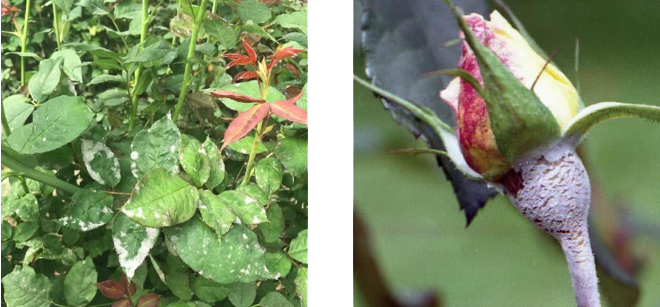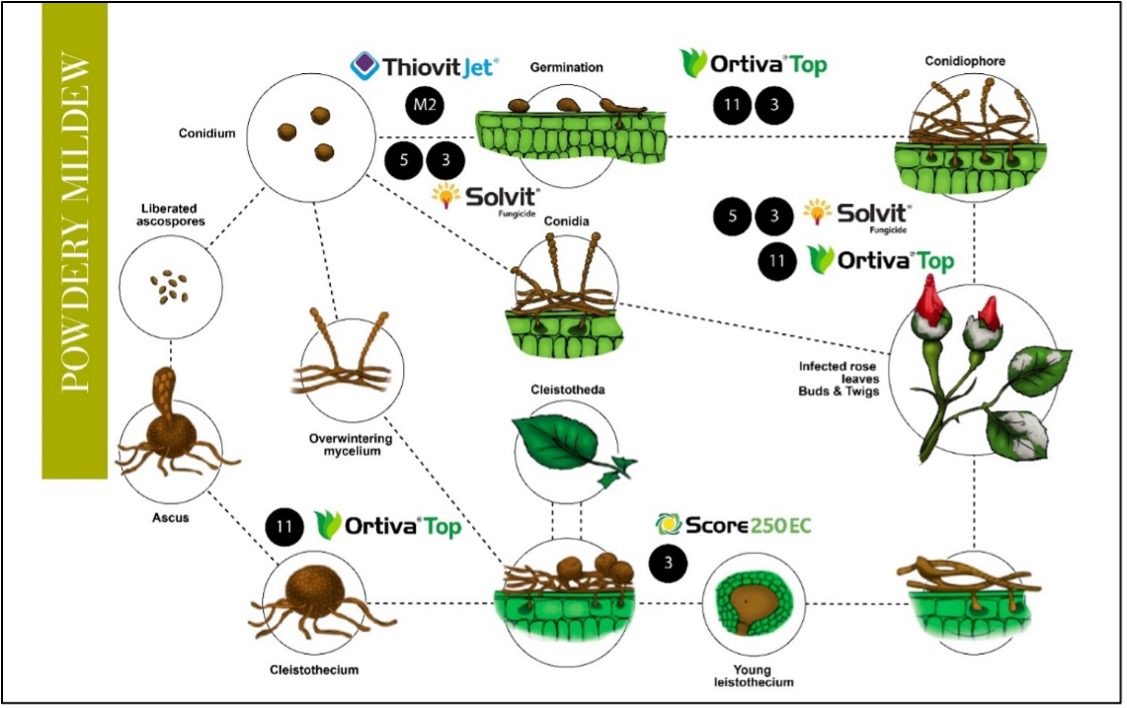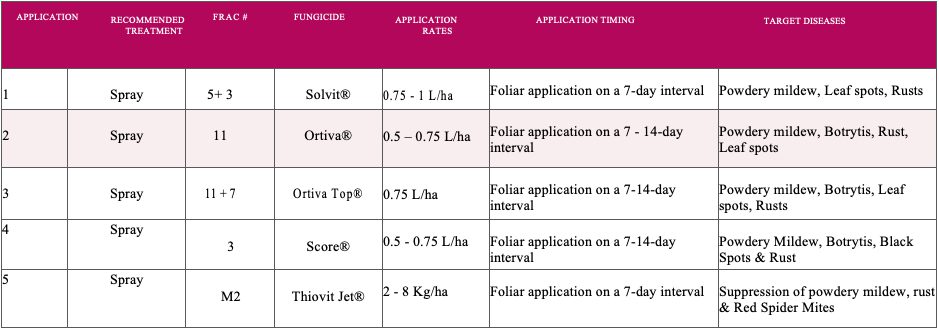Complete Solution Guide for Powdery Mildew Management
As warm, dry weather settles in this month, be alert for the development of powdery mildew on your ornamental crops. Powdery mildew is a common dry season problem on many types of flowers. But most powdery mildew can be avoided or cured with inexpensive remedies that have been proven to work well.
Powdery mildew thrives when foliage is dry and the weather is warm; wind spreads the spores to other plants. In fact, powdery mildew spores can’t germinate or grow when foliage is wet, so overhead watering is sometimes recommended as a preventative measure on highly susceptible crops.
Identification and Damage
You can recognize this disease by the white, powdery mycelial and spore growth that forms on leaf surfaces, shoots and sometimes on flowers and fruits. Powdery mildew may infect new or old foliage. This disease can be serious on woody species such as rose, crape myrtle, and sycamore where it attacks new growth including buds, shoots, flowers, and leaves. New growth may be dwarfed, distorted, and covered with a white, powdery growth. Infected leaves generally die and drop from the plant earlier than healthy leaves.

Powdery mildew infection on the leaves and flower head of roses
Environmental Conditions Conducive to Powdery Mildew
- Temperatures are between 17°C – 22°C
- Relative humidity levels are 70% or greater
- There is reduced light intensity
Moisture on plants from dew or irrigation does not favor the development of powdery mildew and can even limit the disease development by inhibiting germination and killing the spores.
Understanding Powdery Mildew Life cycle

Management
The best method of control is prevention. Avoiding the most susceptible cultivars, placing plants in full sun, and following good cultural practices will adequately control powdery mildew in many situations. Some ornamentals do require protection with fungicide sprays if mildew conditions are more favorable, especially susceptible varieties of rose and crape myrtle.
Spray program for Powdery Mildew
